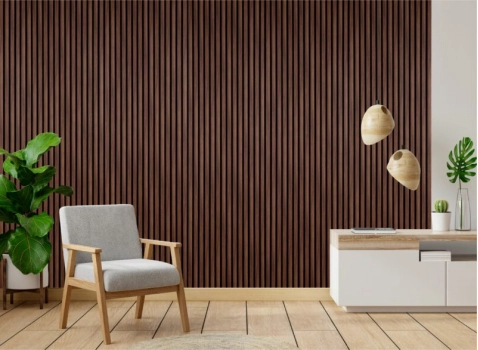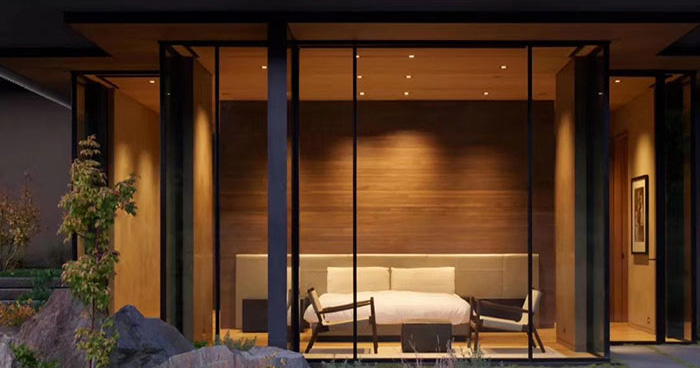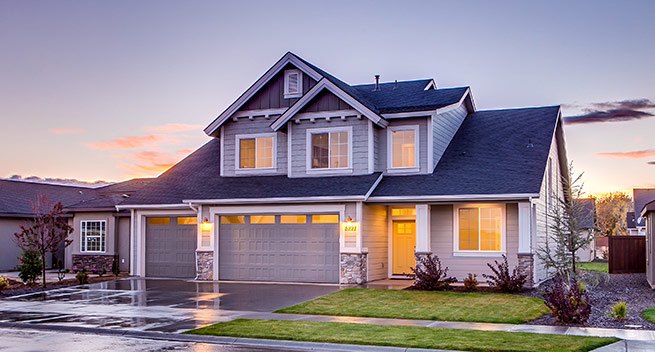Essential Types of Rhythm in Interior Design
When it comes to interior design, rhythm plays a pivotal role in creating a harmonious and balanced environment. Just like in music, where rhythm dictates the flow of a song, in interior design, rhythm provides a visual tempo that guides the eye from one point to another, creating a cohesive look and feel. But how is rhythm achieved in a room's décor? Let's delve into the four primary types of rhythm in interior design.
Repetition
Repetition involves using the same elements or shapes consistently throughout a space. By repeating a particular color, pattern, or texture, you can create a sense of unity and cohesion. Think about bedroom where the same shade of blue is echoed in the cushions, artwork, and rug. This repeated use of color creates a rhythmic flow that draws the eye through the room.
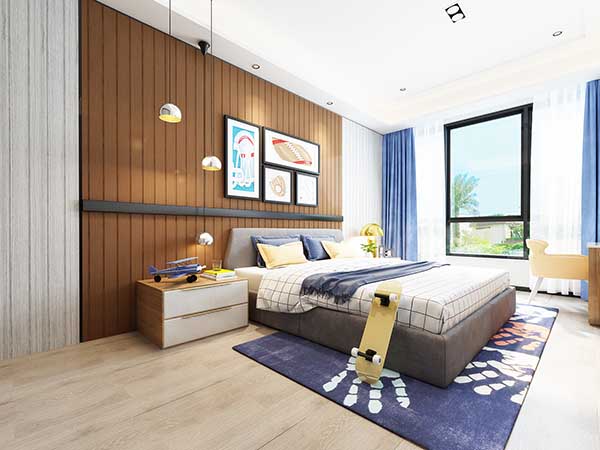
Gradation
Gradation refers to a gradual change in size or color. This can be achieved by arranging objects in ascending or descending order based on their size, color, or another attribute. For instance, placing candles of varying heights on a dining table or using ombre curtains where the color fades from dark to light. Gradation offers a sense of movement, leading the viewer's gaze in a particular direction.
Incorporating LED lights into your design can create a dynamic rhythm, as their adjustable brightness allows for subtle shifts in lighting that mimic the flow of natural light throughout the day.

Transition
Transition is all about creating a smooth flow. Rather than abrupt changes, transition uses curved lines or continuous patterns to guide the eye smoothly from one area to another. Archways between rooms or winding pathways in gardens are excellent examples. In the context of a room, a curved sofa or a serpentine-shaped rug can provide that seamless transition, ensuring there are no abrupt visual stops.

Contrast
Contrast is achieved by placing opposing or complementary elements next to each other. This type of rhythm can be bold and attention-grabbing. Imagine a black and white checkerboard floor or a room that juxtaposes rough textures with smooth ones. The stark differences in these elements create a dynamic rhythm, making the space lively and vibrant.
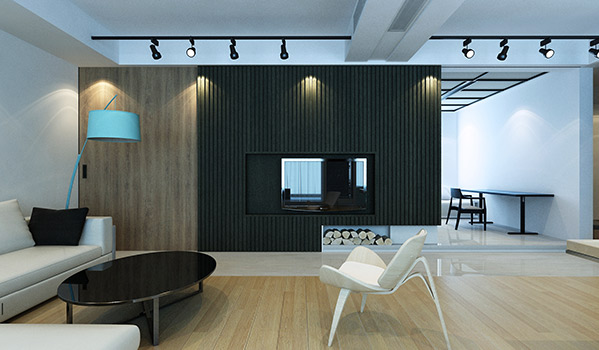
Radiation
Radiation involves creating a sense of rhythm by arranging elements around a central focal point. This can be seen in designs featuring circular patterns or furnishings positioned around a central piece, like a chandelier or a round table.
Progression
Progression creates rhythm through a sequence of steps or stages, typically involving a gradual increase or decrease in size, color, or other attributes of elements. This can lead the eye in a particular direction, creating a dynamic flow.
Alternation
Alternation uses a pattern of repeating two or more elements in a regular, predictable manner. This can be in the form of alternating colors, shapes, or textures, providing a sense of organized movement.
Flowing Rhythm
Flowing rhythm is characterized by elements arranged in a manner that suggests movement, often mimicking natural patterns like waves, meanders, or the organic forms found in nature. This type of rhythm is often used to create a more relaxed, harmonious feel.
Random Rhythm
Random rhythm occurs when elements are repeated without a predictable pattern, creating a sense of spontaneity and surprise. This type can add an eclectic or playful feel to a space, breaking the monotony of strict patterns.
In Conclusion
Rhythm in interior design is more than just a concept; it's an essential tool that designers use to bring harmony, interest, and balance to a space. Whether it's through the repetitive use of color, the gradation of sizes, the smooth transitions of shapes, or the striking contrasts of different elements, rhythm ensures that a room feels both cohesive and dynamic. So, the next time you're looking to refresh a space, consider how rhythm can enhance the overall ambiance and flow of your interior.
If you are looking for a WPC manufacturer, MATECO WPC will be your best choice.
Website: https://www.matecowpc.com
WhatsApp: +86-13380085620
Email: info@matecowpc.com




